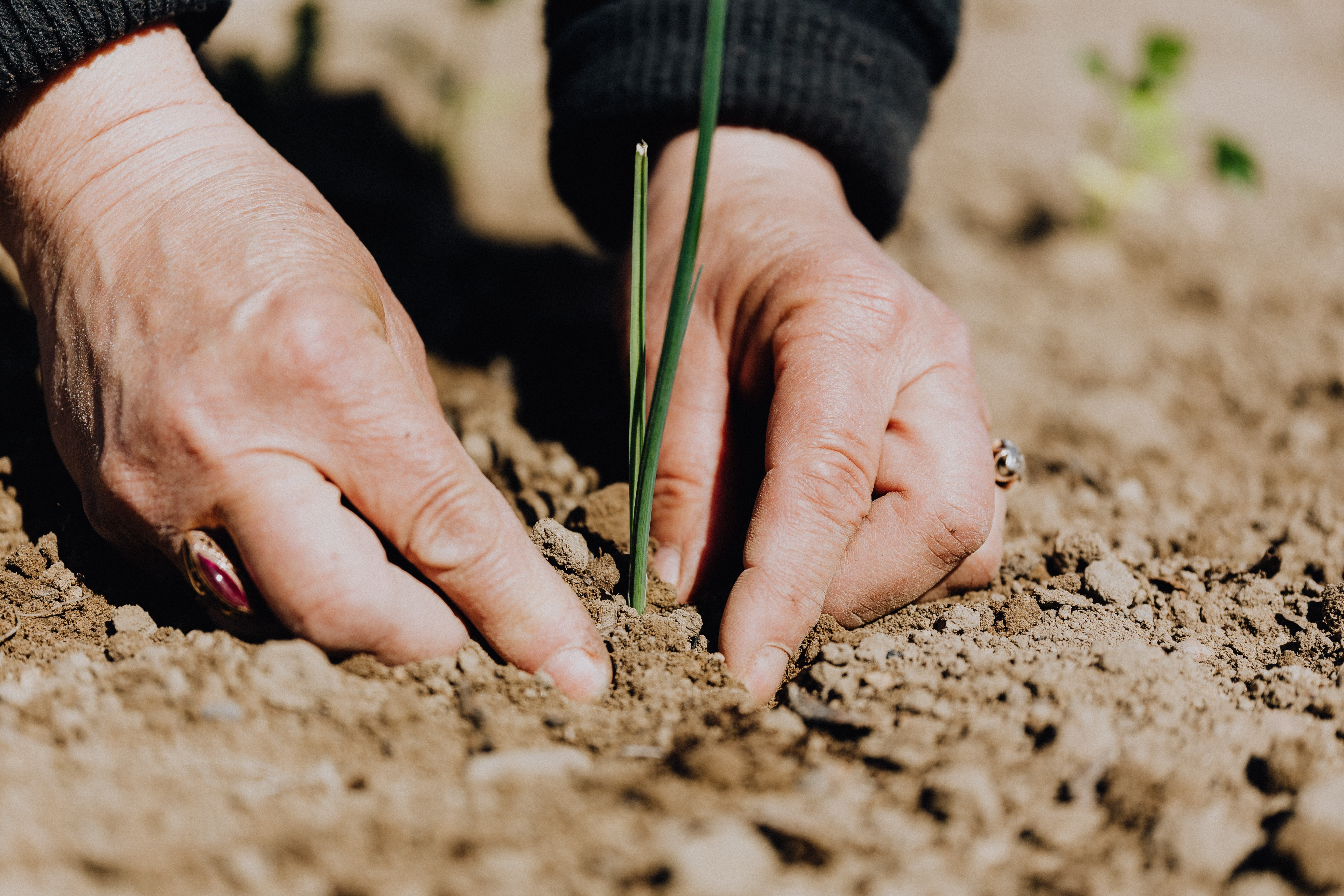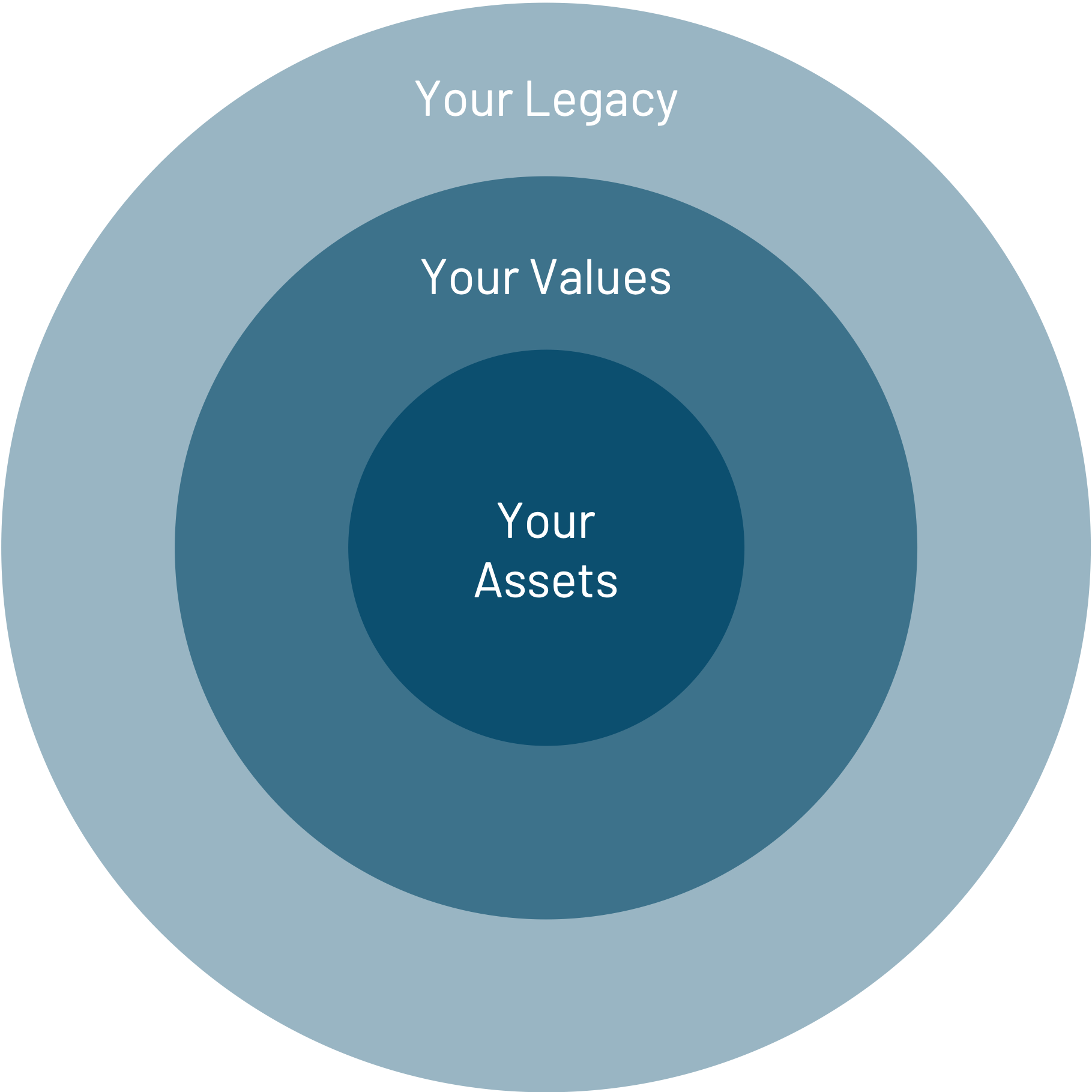Assets, values, legacy: Making room for the next generation
by Lauren Riensche
Tips to consider when preparing to pass your farm down to the next generation.

Every year, thousands of young people leave the American countryside, bound for life as an urbanite. Between 2019 and 2020 alone, the rural population of the United States decreased by 350,000, while the urban population increased by 2.25M1. This phenomenon has been well documented over the years and even has a quippy buzzword–“brain drain2.”
There are many reasons why the next generation is deciding to leave the farm. Industry consolidation. Job prospects. Risk appetite. More income and benefits. Proximity to really good Mexican food.
But, if you find yourself lucky enough to have kids who may be interested in taking over the family farm, or lucky enough to be in a position where a farm is being handed down to you, you’re likely wanting the transition to be as smooth as possible—who doesn’t?!
So, how do you create a farming operation that will make the next generation want to come back? Every farm and family dynamic is unique, but the key is to approach the opportunity with intentionality.
When a farm is handed over, consider that there is more to hand over than just the assets. Of course divvying up land, equipment, and cash is a major component of the intergenerational farm handoff, but farms also come with values and legacy expectations that can benefit the transition when they are communicated clearly. Think of it like this…

Assets
The assets form the innermost core of the operation. You can’t put in a crop without a planter or land to grow it on. Handing over farming assets is mission-critical to the continuation of the day-to-day business. Being clear about who’s getting what assets and why, and if there are any expectations around how the assets will be used, can reduce clumsiness in the handoff.
Values
Beyond the assets, there are values that the previous generation carries with them—these may come with a certain set of expectations as regards to the next generation. For example, one generation may place a high value on religion and therefore chooses not to work on Sundays. Or, they may place a high value on education, and set aside a portion of farm income for a scholarship at the local school. If values are not clearly communicated between farm stakeholders, tensions can rise, especially if the incoming generation is not allowed the appropriate time and space to consider if these values apply to them, or how they might bring their own new values to the farm.
Legacy
And enveloping both assets and values is legacy. The act of passing down a farm is laden with legacy, and yet it’s not often discussed with intentionality. Each generation takes over the farm with an idea of the legacy that came before them and the one they’d like to leave. Perhaps your grandfather’s legacy remembers him as the one who aggressively grew the farm, allowing it to support an extended family. Perhaps your father’s legacy is that he helped the farm survive the 80’s farm crisis through careful and calculated risk-taking. To hand over a farm that you’ve celebrated and sacrificed for is no small feat, but each generation must be given the space and time to decide how they want to carry on (and build upon) the farm’s legacy—without it, you risk the next generation losing connection, passion, and potentially interest in the operation.
These topics can be tricky to discuss—it’s important to keep in mind that no one person in the operation has all the answers. A farm handoff should be a conversation—open, constant, and honest. There are resources farmers can access to help guide them toward a more intentional generational shift, such as succession advisors, family counselors, and reading materials.
If you’re researching how best to set up your farm for multi-generation success, consider leaving a legacy of sustainability. By enrolling your farm in a carbon farming program, you can start getting paid to improve soil health, plant resiliency, and operational profitability. These benefits won’t just appear overnight, but if you begin this season, you’ll be setting your family farm up for success for many, many seasons to come.
Interested in how much you can make carbon farming this year?
About the Author: Lauren Riensche is a Carbon Product Marketing Manager at Indigo and sixth-generation corn, soy, and wheat farmer from Northeast Iowa. She holds a Sociology degree from the University of Chicago and has spent her career focused on the juxtaposition between agricultural traditions and innovations.
Citations
1. Statista, "Size of the urban and rural population of the United States from 1960 to 2020", www.statista.com/statistics/985183/size-urban-rural-population-us
2. Artz, Georgeanne, "Rural Brain Drain: Is it Reality?", Choices Magazine, December 2003
This article may include information from third-party sources or other information that Indigo may not independently verify. Carbon quantification methods, processes and understandings are in their nascency and subject to change and continuous development. The information contained herein is for general informational purposes only and may be based on generally applicable assumptions that may not be applicable to any individual operation. Actual results may differ among growers and farms based on a large number of variables. Each operation should independently consider the financial implications and all potential risks and benefits of the use of any agronomic practice. Any payments under Carbon by Indigo are subject to multi-year vesting and are contingent on continued long-term maintenance of regenerative agricultural practices and soil carbon levels. All Carbon Credits generated are subject to buffer pool holdbacks required by third-party crediting; participants will not receive payments for such holdback. Neither Indigo nor its representatives or affiliates makes any representations, warranties or guarantees as to any specific outcomes (agronomic, financial or otherwise) in connection with any recommendations, calculations or predictions. Terms, conditions, limitations and eligibility requirements apply. See program agreement for additional details regarding Carbon by Indigo.
Farmers like you are getting paid to implement practices that improve soil health. With skyrocketing input costs, see how covers help.
You might also be interested in:
Neither Indigo nor any of its affiliates makes any representations, warranties or guarantees as to any specific results or outcomes, including, without limitation, with respect to soil health outcomes or any minimum amount of greenhouse gasses sequestered or number of carbon credits generated. Participation in Carbon by Indigo is subject to the terms, conditions and limitations of the program contained in the applicable enrollment agreement. Any payments under Carbon by Indigo are subject to multi-year vesting and are contingent on continued long-term maintenance of regenerative agricultural practices and soil carbon levels. All Carbon Credits generated are subject to buffer pool holdbacks required by third-party crediting; participants will not receive payments for such holdback. Not available in all areas.
500 Rutherford Ave, Boston, MA 02129 | 844.828.0240 | info@indigoag.com